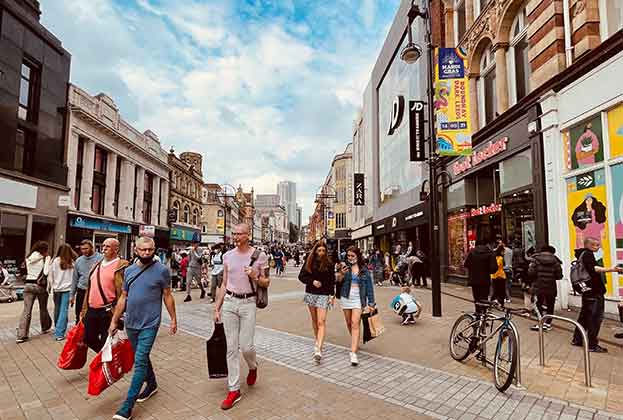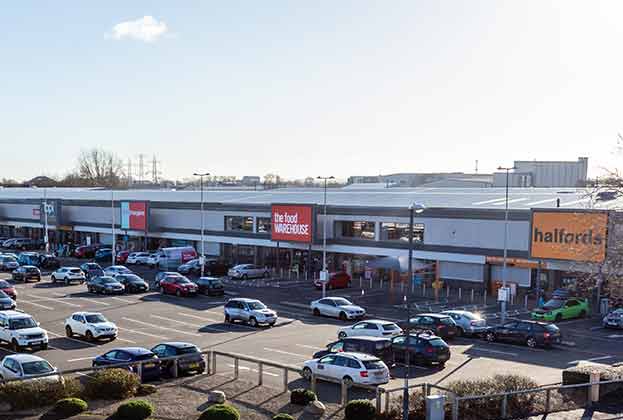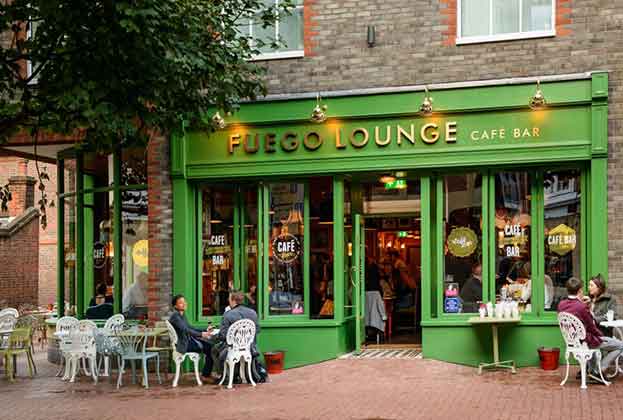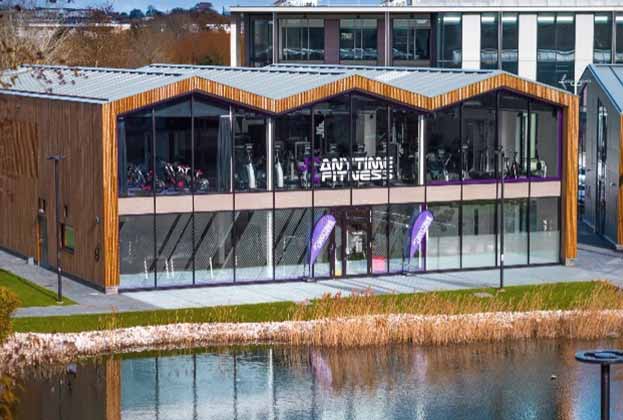Despite the food and beverage sector seeing some improvement in consumer engagement and operator acquisitions in town and city centres, it is regional locations that have seen a significant uptick in fortunes, allowing business to return to profit
Despite the particularly strong competitive environment that has established itself in the out-of-town F&B market, we have also seen improvements in consumer engagement and operator acquisitions across the rest of the UK retail and leisure landscape. Figure 7 highlights just how many units the top 20 most acquisitive brands have taken since Q4 2019, highlighting the significant amount of activity from the UK’s most established operators, as well as a number that are new to the market.
Figure 8 highlights further how, despite the pandemic, we have seen steady and continual growth in the number of cafés and takeaways nationwide, both for multiple and independent operators. However, the picture for the UK as a whole somewhat belies what is going on at the local level, with stronger growth found in regional high street locations than has been evident in town and city centres.
Pret A Manger, for example, saw revenue across the UK surpass pre-pandemic levels for the first time in May this year, making the café/takeaway brand profitable again, after consumers resumed eating out following a return to offices post-lockdown.
The coffee and sandwich chain, which has traditionally relied very heavily on office workers, said half-year revenue hit £357.8 million, soaring by 230% compared to last year when Covid lockdowns widely impacted many retail businesses. This puts Pret’s revenue up 160% on the same period in 2020.
That said, this success was largely down to a strategy implemented during the pandemic. The brand chose to expand the number of units in suburban locations, recognising that since its outset, more employees are working from home, at least for part of the week and targeting the 'hybrid' working crowd. Currently, 66% of Pret’s UK shops are outside of the capital’s Square Mile, with 36% of UK shops located in regional cities and towns.
Whilst we have seen people return to the office, supporting the recovery in city centre locations, it is now evident we are seeing higher instances of homeworking compared with that seen before the pandemic. This will continue to support a resurgence in local high streets, attracting new entrants, from both independents and larger players.
Soaring food and energy costs have led to calls for the government to reduce VAT, business rates and loosen controls on immigration, to improve conditions in both this sector and the economy at large
Sam Arrowsmith, Director, Commercial Research
Similar to the recent success shared by Pret, Caffè Nero has reported strong trading for the first four months of its financial year (June-September 2022), with sales 107% of pre-pandemic levels, opening four UK stores in that period, including a flagship store in London Stansted Airport, with plans for seven new openings by year end.
The brand also began a major refurbishment programme that saw an initial 140 stores upgraded over the past six months, and a continued emphasis on the growth of its mobile application, with more than 30% of all UK store transactions now taking place via this method, equating to more than two million people now using it in the UK. Furthermore, Caffè Nero has added Just Eat as a delivery partner, alongside Uber Eats, driving growth in delivery sales during the same period by 10%. Clearly, the brand has maximised the potential of such additional routes to market born out of necessity during the pandemic. As such, it has capitalised on its appeal as a convenient way for a consumer to make a purchase. This has led to a strengthening of its resolve as it looks to expand its store portfolio despite the substantial economic headwinds the market is currently facing.
However, despite this positivity, there is concern in the sector over the impact such headwinds will have in the coming months. Soaring food and energy costs have led to calls for the government to reduce VAT, business rates and loosen controls on immigration, to improve conditions in both this sector and the economy at large. One way Pret A Manger has attempted to tackle the inflation crisis and continue its recent success is to adapt its offer further, launching a new affordable menu range in the UK, seeking to increase options for consumers struggling to make ends meet.
Deliveroo has recently reported a fall in orders in the third quarter of 2022, which is perhaps a sign consumers have begun to cut back on discretionary purchases. Gross Transaction Value (GTV) growth was up 11% year-on-year in the first quarter in the UK and Ireland, but down 2% from the second quarter. Orders were up 5% year on year in the same period but down 4% on the second quarter. Similarly, Just Eat saw orders and GTV fall 15% and 5% in the UK, respectively, during its third quarter.
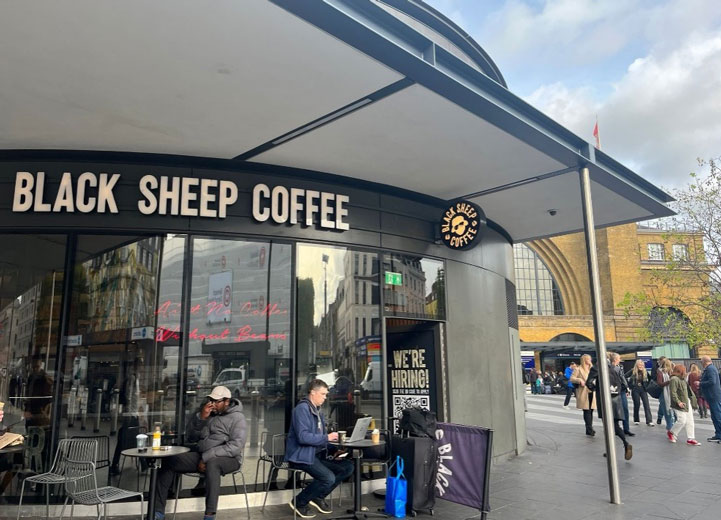
Black Sheep | Founded in Camden in 2013, Black Sheep Coffee has undergone rapid expansion. It wasn't until 2019 that they began acquiring a large number of sites, now totalling over 70, including sites in France, the Philippines and the US. Several of these occurred during the pandemic, where Black Sheep were able to benefit from softer deals. As the coffee industry becomes increasingly competitive, continuing to expand at this rate may be necessary to avoid losing out to competitors.
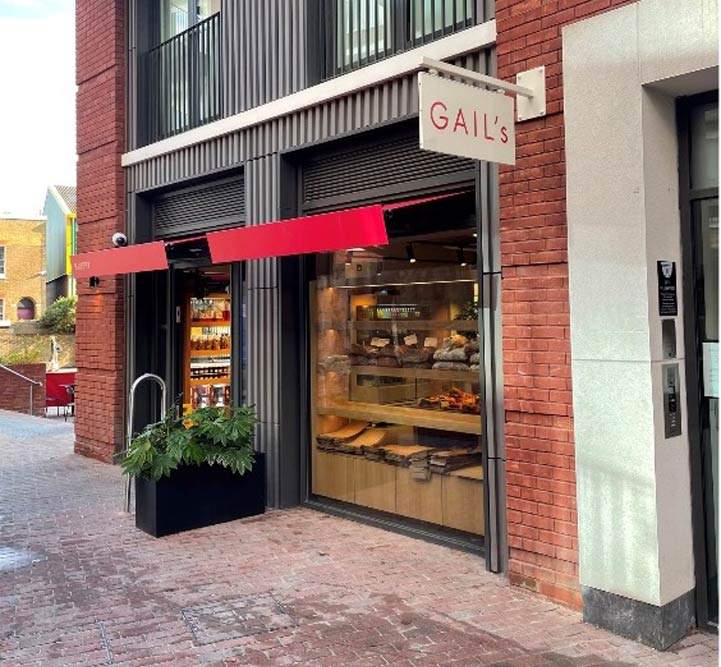
Gail's | Gail's has become a much-loved brand, once found only in affluent London suburbs but more recently located outside of London to towns such as Harpenden and Guildford. The move to flexi working has been a great benefit to Gail's model as these high street markets have thrived, particularly with the brand's local and independent feel. Totalling over 75 sites, we expect there to be much more room for Gail's to expand further in the UK.
Read the articles within Spotlight: UK Leisure – 2022 below.
.jpg)
